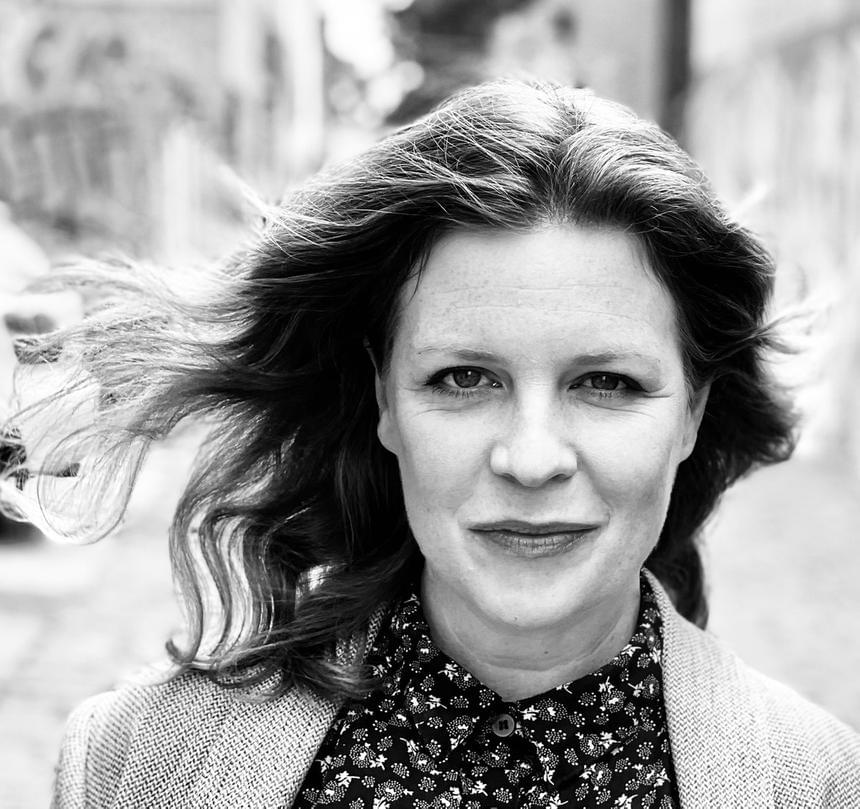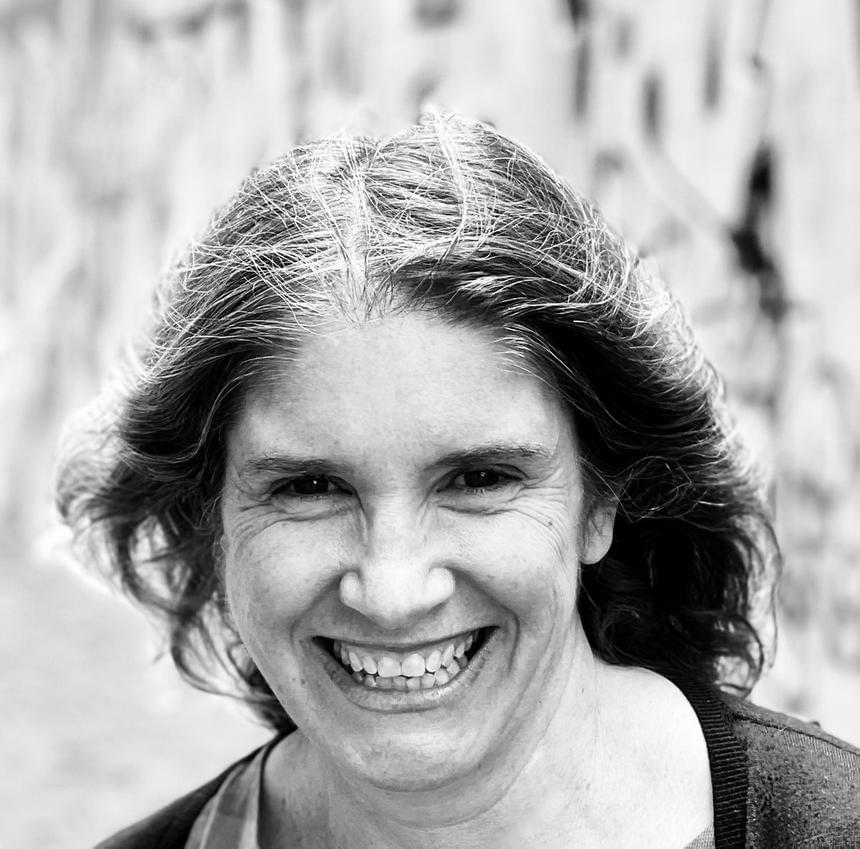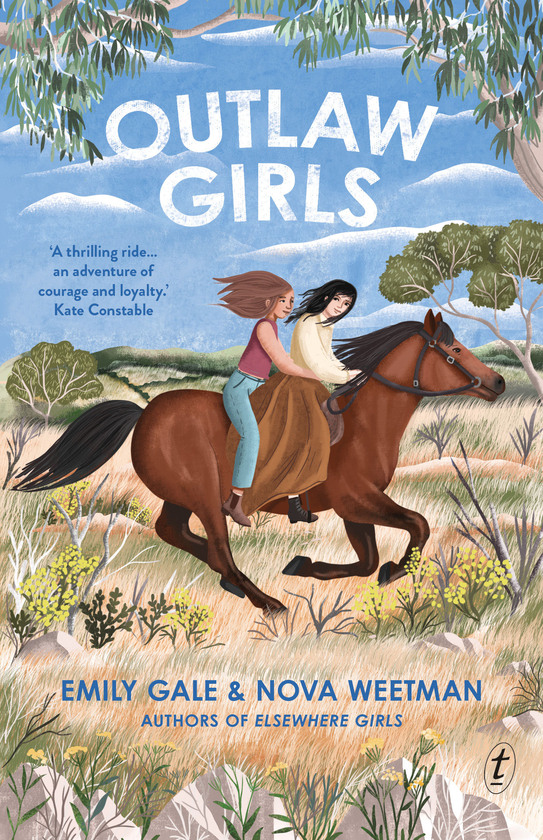Emily Gale writes for children and for teenagers – you might know her novels I am out with Lanterns and The Other Side of Summer. Nova Weetman also writes for children and teenagers and you might have read some of her books, such as The Secrets We Keep and Sick Bay. Emily and Nova previously collaborated on Elsewhere Girls. Their latest book collaboration is Outlaw Girls, the second co-authored book by these authors. We’re thrilled to chat to them about Outlaw Girls today.



From the publisher:
Kate and Ruby live in the High Country in Victoria. They’re both daring, quick-thinking and prepared to break the rules, and they’re both brilliant horse riders –they’d probably be great friends. But they live in different times, 145 years apart.
Two authors, one novel. How do you go about writing a story when there are two writers?
Nova Weetman: Outlaw Girls is a blend of historical research and fiction, so for the research part we spent several months visiting the sites of our ‘real’ character Kate Kelly and learning all that we could about her. Because Kate was Ned Kelly’s sister there was a ton of material to read and study.
We each wrote one character: Emily wrote Kate and I wrote Ruby. Before we started writing the chapters, we had to develop our own characters as well as plotting the entire book as a partnership. I started the Ruby story, then I sent my chapters to Emily and she wrote some of the Kate story, and then we went back and forth like that all the way to the end, giving and receiving chapters. Then we did the editing to make sure it flowed well. It’s important that the main story works but also that each character has their own storyline with its own satisfying ending.
Ned Kelly is a familiar name for most Australians. Can you tell us a bit about how you went about your research for the character of his sister? Did you both collate information?
Emily Gale: We did loads of research, all different kinds. Nova already knew a bit about Kate Kelly but I didn’t so I was starting from scratch. I read or listened to a lot of books. I looked in the index of even more books to see if they mentioned Kate and I read all of those bits too. I watched all the Ned Kelly movies, listened to podcasts, read books about horses, watched YouTube videos about young people taking care of their horses or going riding, and read old newspapers from 1878 on the website Trove, where it’s easy to look up articles from the past.
Then I made a Google Doc of all my research and shared it with Nova so that she could add to it.
A fun part of the research was going on the train with Nova to The Kelly Gang areas in Victoria. We saw the old chimney which is all that is left of the house where Kate Kelly grew up, and we walked around Glenrowan where The Kelly Gang came to an end.
If you could time-slip to any time in history, what year would you choose?
Emily Gale: If I could guarantee that I could come home any time I would take a quick trip to ancient Italy, the first century AD, when the Romans had a time of not fighting anyone – it’s a period called Pax Romana. It would be very smelly, and I wouldn’t like to be a slave forced to participate in gladiatorial games, but I think it would be incredible to go that far back in time.
Nova Weetman: I’d like to take a whirlwind trip through important historical moments, watching them like an eagle from above and then time slipping into the next one once all the drama was complete. I’d meet Cleopatra, visit the Colosseum to watch a gladiatorial battle, and eat Marie-Antoiniette’s cake.
What you are both working on next?
Emily Gale: I am working on a new story which instead of going back in time goes forward a generation. I’m only halfway through it so I can’t say much more but it’s interesting and challenging to make myself think about the future instead of the past.
Nova Weetman: I have just delivered the first draft of a new middle grade novel that is much lighter than the books I usually write, and I’m also working on a middle grade graphic novel with illustrator Renee Treml.
Do you have a tip for young writers who’d like to collaborate on a story?
Emily Gale: It helps to plan your story a little bit first so that you both know where you’re going. But you don’t have to plan every detail and it’s amazing when a story takes you somewhere unexpected, so you should both stay open to that. Choose a story idea that you are both very passionate about and listen to each other’s ideas carefully. If there is something the other person has written or suggested that you don’t like, you must be careful about how you say this: be very kind to each other always and don’t forget to tell them the things that you love about their writing – encouraging each other will get the most out of collaborating.
Nova Weetman: I think you need to be in agreement about how long and how complicated the story is before you start. It’s important that you are both thinking about the same sort of genre and tone, and that one of you isn’t imagining a murder mystery while the other is writing a romance. Have some really honest discussions before you start so there are fewer surprises when you begin to write.
Outlaw Girls is out now! Ask for it at your favourite bookshop or local library.
AWESOME EXTRAS:

Take a sneak peek inside the book (look for ‘Preview this book’ under the book photo on the publisher’s website)
Watch a video of the authors talking about Elsewhere Girls and Outlaw Girls [This link will take you to Facebook]
Download the Teachers’ Notes for Outlaw Girls
Visit Emily Gale’s website for more about her and her books
Visit Nova Weetman’s website for more about her and her books












 It’s 1892. Amid a fevered gold rush, 14-year-old Clara Saunders is in search of adventure in the new outback town of Coolgardie.
It’s 1892. Amid a fevered gold rush, 14-year-old Clara Saunders is in search of adventure in the new outback town of Coolgardie. MEET THE AUTHOR
MEET THE AUTHOR Writing a book: Pen and paper? Or straight into the computer?
Writing a book: Pen and paper? Or straight into the computer? Can you tell us something about what you’re working on next?
Can you tell us something about what you’re working on next? Next up is a sequel to my middle grade/young adult novel A Single Stone, which will no doubt also take me much longer than it should. And I have about half a dozen picture books in my mental queue which I hope to work on in the cracks of that longer project. And maybe some poems and and and … I think you can see why everything takes me longer than it should! 🙂
Next up is a sequel to my middle grade/young adult novel A Single Stone, which will no doubt also take me much longer than it should. And I have about half a dozen picture books in my mental queue which I hope to work on in the cracks of that longer project. And maybe some poems and and and … I think you can see why everything takes me longer than it should! 🙂 Read a review of the book by St Thomas Primary students
Read a review of the book by St Thomas Primary students